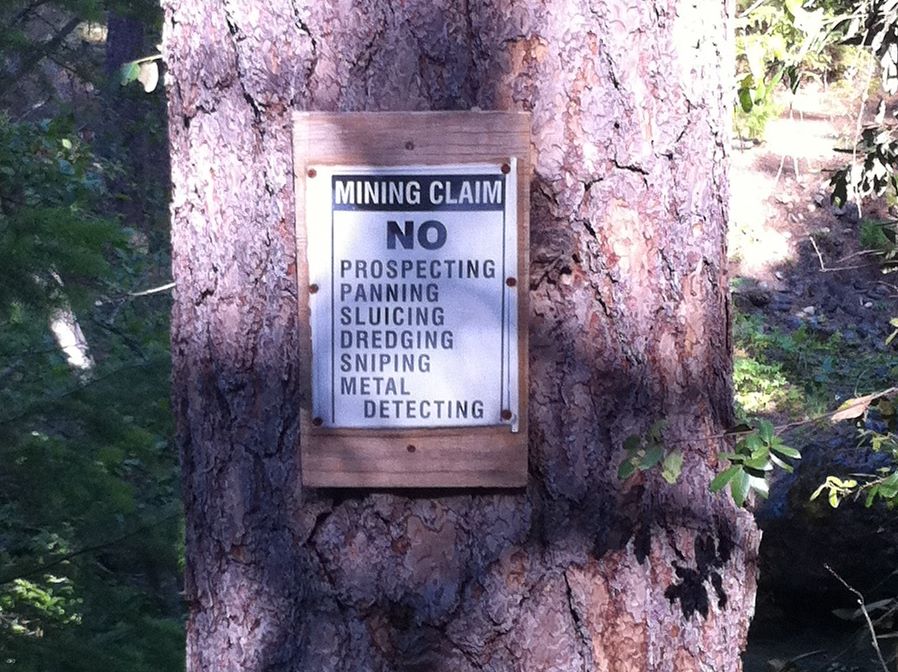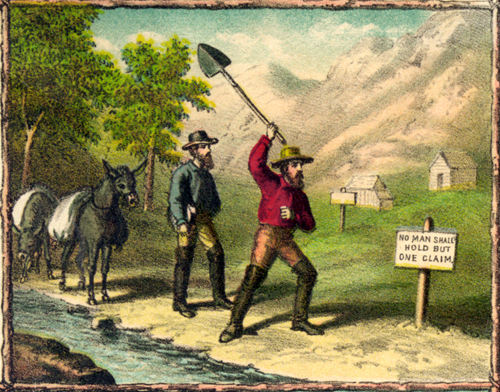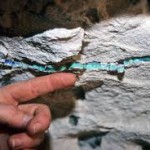Brand Claim.
There are a number of words used in branding to depict the central idea of the strategy. Truth, promise and value proposition are a couple of favorites. The word I use is claim. Words matter, make no mistake, and in brand-speak the proper descriptor speak volumes.
Claim is straightforward and begets proof. Claim without proof is bluster. (Or advertising.)
The word proposition is much softer, nearly apologist. We propose. Consider this. It’s kinder and gentler but branding is about belief. Being versus promising. Absolutism versus promissory-ism.
While claim is the critical brand strategy word, the proof planks (3 of them) are the content upon which belief is constructed. Anyone can make a claim, few prove it.
If you are a small or mid-size business – or any business in fact – looking to improve your marketing effectiveness, ask yourself what claim are you making in the marketplace. Not what’s your vision, not what’s your voice, not what is your profitability…what is the claim about your product or service that makes it worthy of successful commerce?
Peace.






